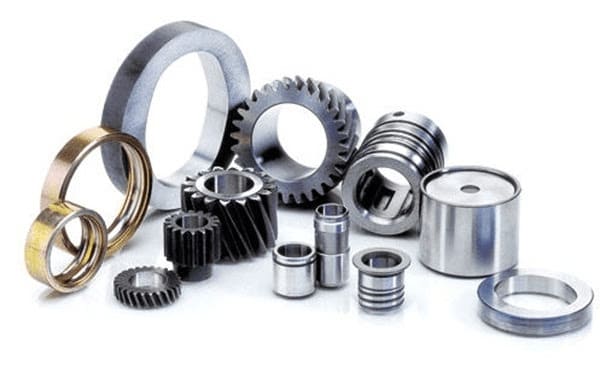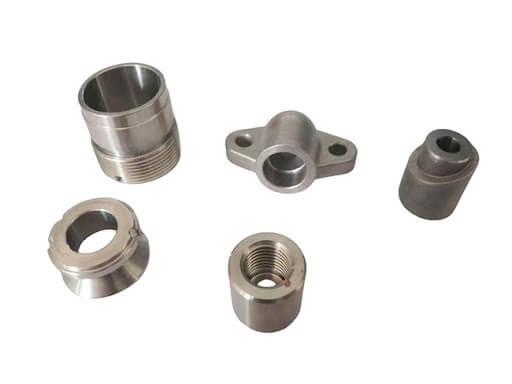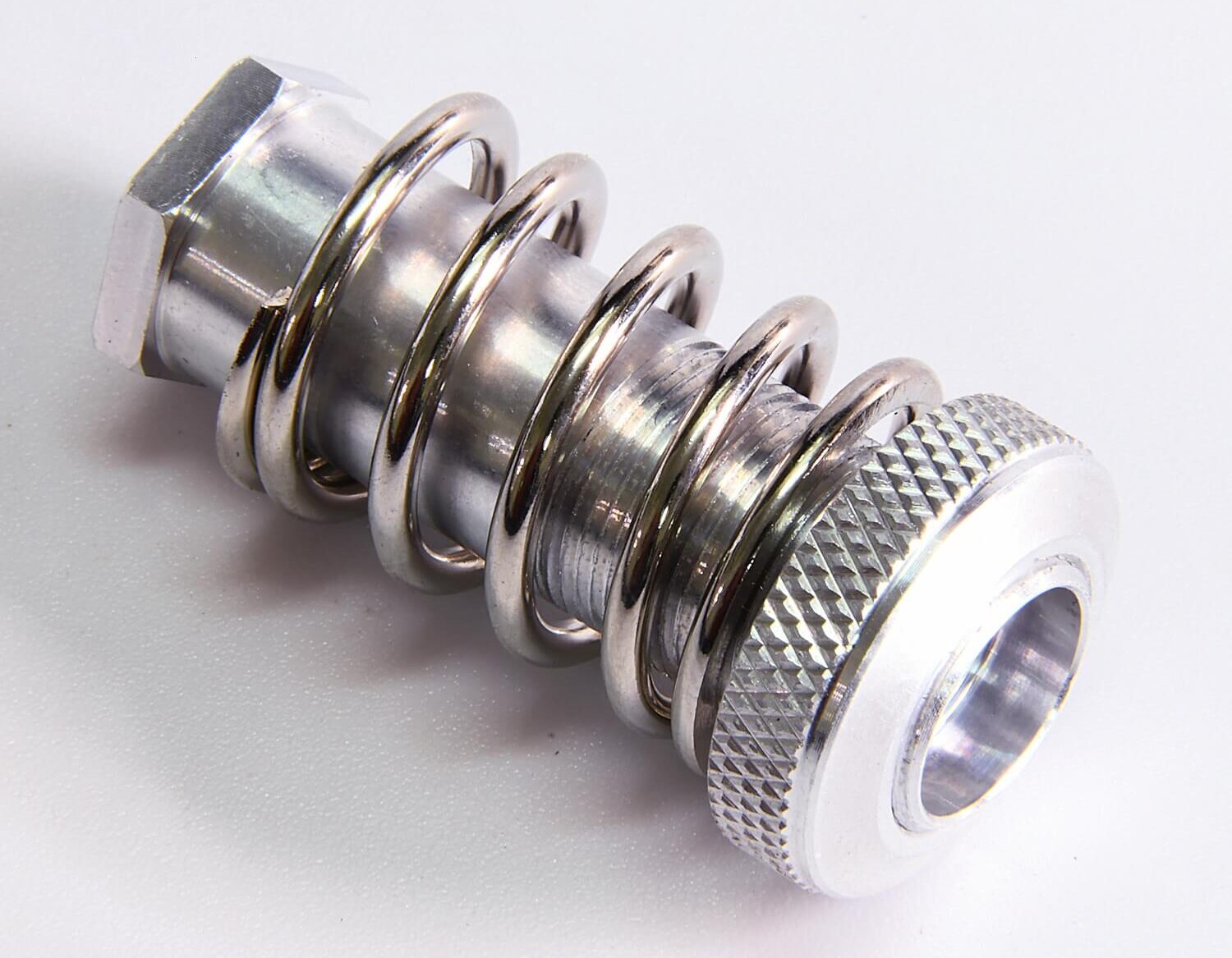CNC Machining Best Practices: Process and Benefits
In today’s manufacturing industry, CNC machining is becoming a key force in promoting the development of the industry with its excellent performance and wide application. So, what kind of manufacturing process is CNC machining? What are its unique advantages? Let’s take a deeper look.
1.Introduction to CNC machining
CNC machining is a manufacturing process that uses computer control and machine tools to produce precision and complex parts. The process has revolutionized the manufacturing industry by improving efficiency, accuracy and productivity.
2.CNC machining process
CNC machining involves the use of computer programs to control the movement and operation of machine tools. These machine tools, such as lathes, milling machines, and planers, are capable of cutting, drilling, shaping, and finishing a variety of materials, including metals, plastics, and wood. The computer program contains instructions that dictate the specific movements and operations required to produce the desired part.
The machining process begins with the creation of a 3D model or 2D drawing of the part to be manufactured. This model or drawing is then converted into a CNC program using specialized software. The program is then loaded into a CNC machine equipped with the necessary cutting tools and fixtures.

3.Advantages of CNC machining
1.High precision and consistency
Ability to produce highly accurate and consistent parts. Computer control eliminates the possibility of human error, resulting in parts with tight tolerances and precise dimensions. This level of precision is critical for industries such as aerospace, automotive, and medical, where even the slightest deviation can have significant consequences.
2.Versatility
Another advantage is its versatility. The same machine can be used to produce a variety of parts simply by changing the program and cutting tool. This flexibility enables manufacturers to quickly adapt to changing production requirements and produce different parts without extensive re-machining or setup.

3.Increases Productivity
CNC machining also increases productivity compared to traditional machining methods. The automation provided by computer control allows for faster, more efficient production. In addition, the machines can run continuously, which further increases productivity and reduces lead times.
4.Complex Design Capabilities
CNC machining enables complex and intricate designs that would be difficult or impossible to achieve with traditional machining methods. The process’s precision and repeatability allow for the creation of complex geometries, fine details, and tight tolerances. This opens up new possibilities for product design and innovation.

Summary
CNC machining is an efficient, precise manufacturing process that has transformed entire industries. Its computer controls and machine tools produce accurate, consistent parts and can quickly adapt to changing production requirements. The process offers many advantages, including increased productivity, versatility and the ability to create complex designs.
